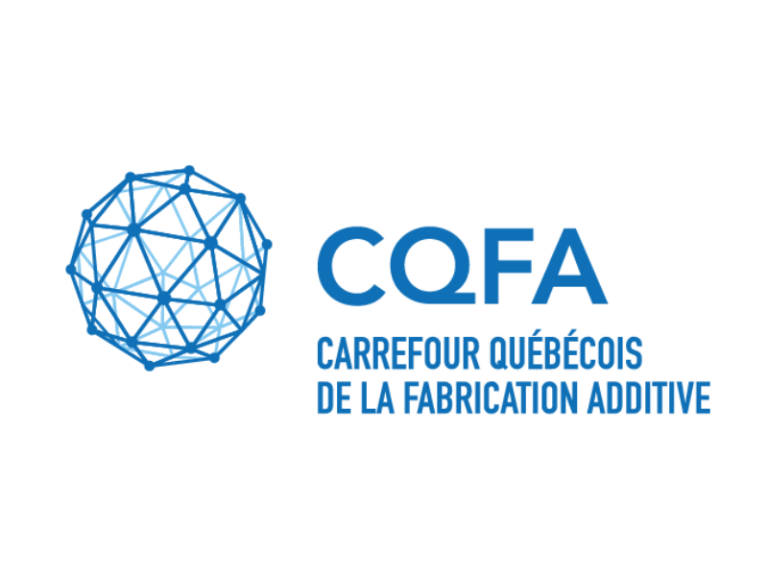
2024/05/22
Non-planar material-extrusion additive manufacturing of multifunctional sandwich structures using carbon-reinforced polyetheretherketone (PEEK)
Pierre, J.; Verville, M.; Chenier, G.; Farahani, R.D.; Piccirelli, N.; Lévesque, M.; Therriault, D. (2024). Non-planar material-extrusion additive manufacturing of multifunctional sandwich structures using carbon-reinforced polyetheretherketone (PEEK). Additive Manufacturing 84 (2004) 104124.
Additive Manufacturing (AM), and especially Material-Extrusion Additive Manufacturing (MEAM), can provide light structures with high mechanical performances for aerospace applications using fiber reinforced high-temperature resistant thermoplastics (HTRT). Non-planar AM allows to manufacture curved parts with a better approximation of their curvature than cartesian AM. In this paper, we additively manufactured a proof of concept of multi-functional non-planar sandwich panel for aircraft casing using a 6-degree of freedom (6-DOF) robotic platform in a custom heating enclosure, using 30 wt% carbon-reinforced polyetheretherketone (PEEK). Curved beams manufactured using planar and non-planar deposition techniques were manufactured using a custom heating enclosure and reinforced HTRT. The measured surface deviation of the non-planar curved beam (NPCB) was 31% lower than the planar curved beam (PCB). Due to the non-planar deposition that led to a better alignment of the layers along the specimen, the effective stiffness measured during 3-point bending tests was also increased by ∼28% compared to PCB, showing the importance of a non-planar deposition. Additively manufactured non-planar sandwich panels containing an acoustic core and two types of microscaffolds (30% infill microscaffold and 74% infill walled microscaffold) were characterized through optical microscopy and 3-dimension (3D) scanner measurements. The 6-DOF robotic platform, combined to the heating enclosure, allowed to print a portion of a non-planar carbon fiber reinforced PEEK sandwich panel to present the versatility of the structures that could be printed with this setup. The use of non-planar reinforced HTRT structures could find applications in the aerospace field for aircraft noise reduction structures, but also in the biomedical domain for the manufacturing of biocompatible PEEK scaffolds.